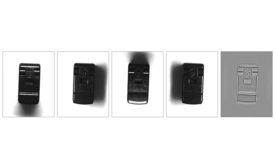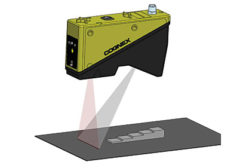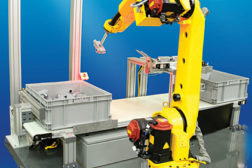Home » Keywords: » 3D machine vision
Items Tagged with '3D machine vision'
ARTICLES
Photometric Stereo Technique
Photometric stereo technique offers a quick, efficient way to use 3D data for better machine vision.
September 4, 2018
INDUSTRY HEADLINE
Perceptron Inc. Acquires CMM Designer, Manufacturer COORD3, CMM Software Developer
February 3, 2015
3-D Vision Improves Performance of Challenging Inspection Applications
IN CONTRAST TO TRADITIONAL MACHINE VISION SYSTEMS THAT PROVIDE INFORMATION IN TWO DIMENSIONS, 3-D PROVIDES MORE INFORMATION ABOUT MANUFACTURING PROCESSES.
December 10, 2014
Fundamentals of 3-D Machine Vision
Machine vision capability is expanding rapidly beyond 2-D images.
January 3, 2014
Stay in the know with Quality’s comprehensive coverage of
the manufacturing and metrology industries.
eNewsletter | Website | eMagazine
JOIN TODAY!Copyright ©2025. All Rights Reserved BNP Media.
Design, CMS, Hosting & Web Development :: ePublishing



